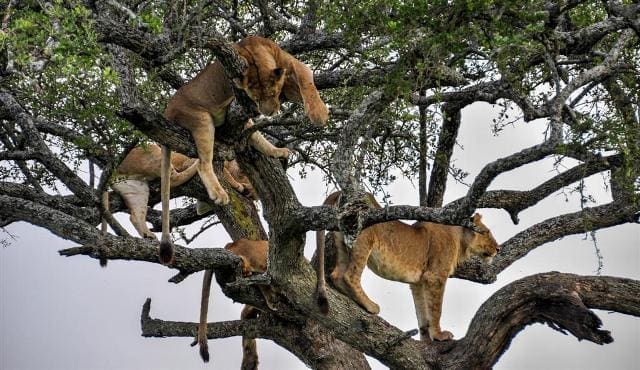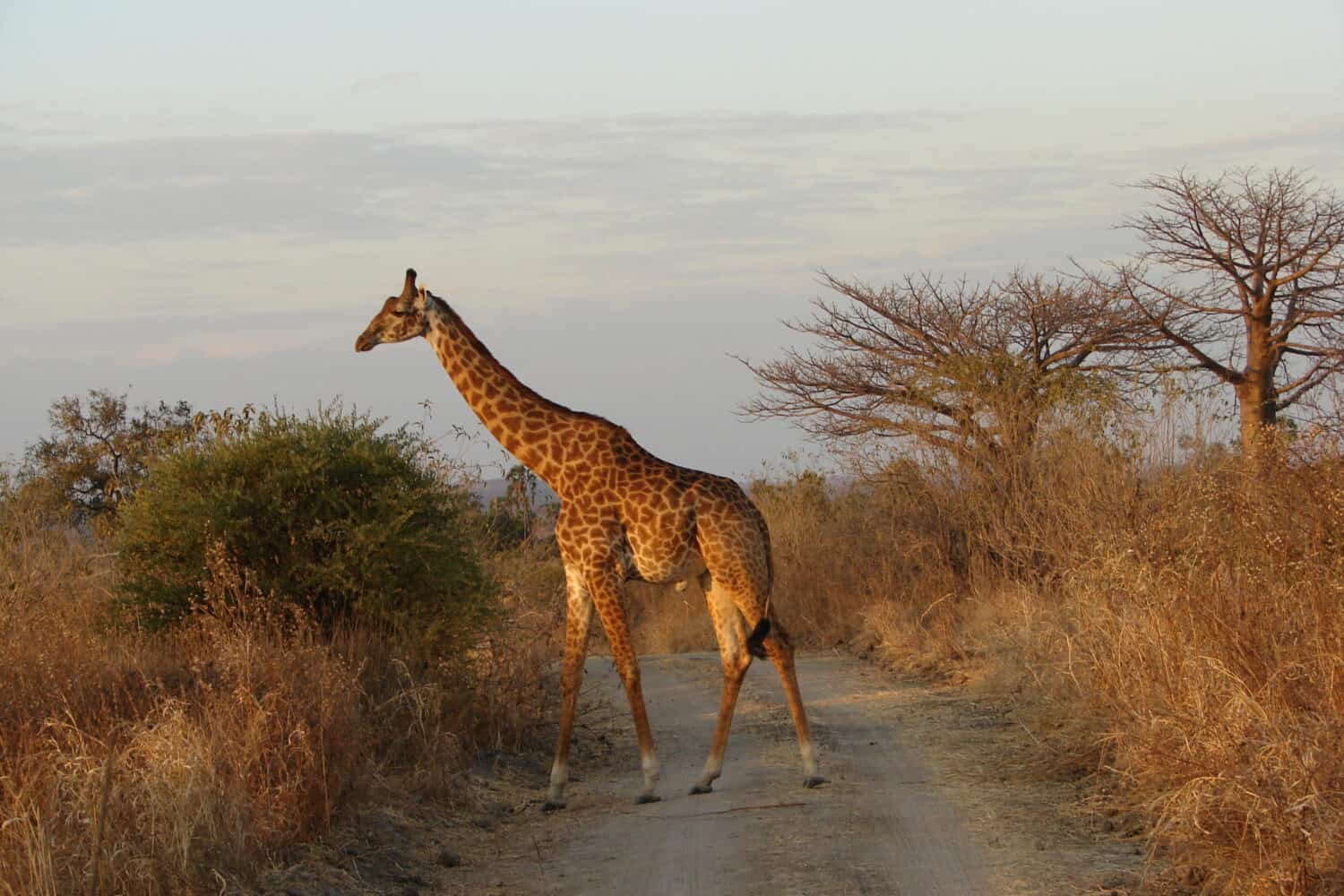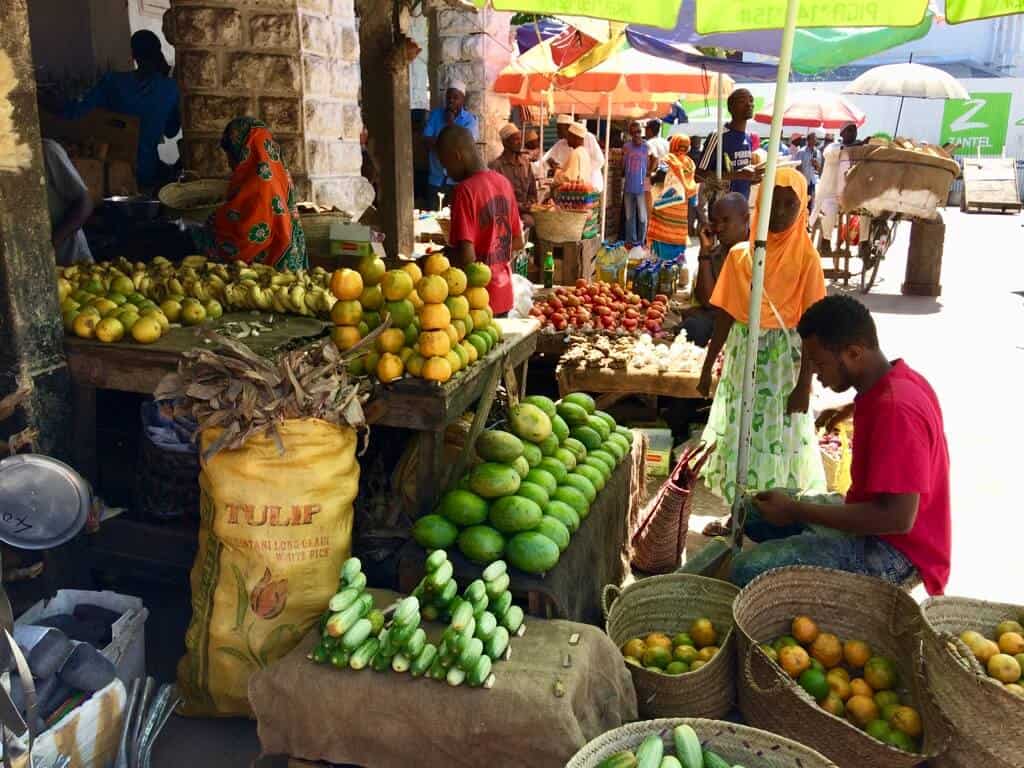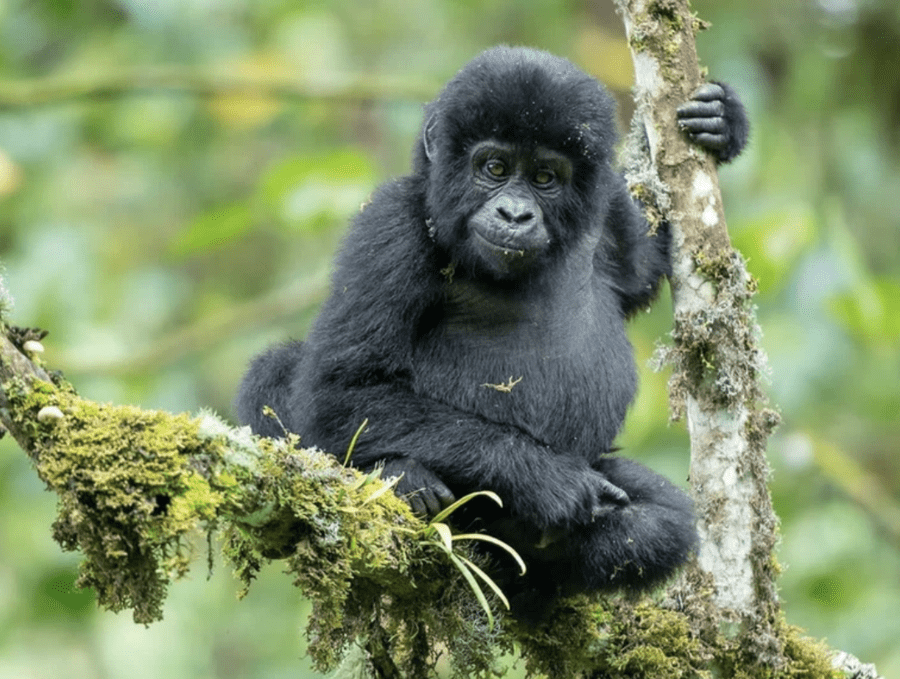February is baby animal season in the Serengeti!
It’s perhaps the greatest spectacle of the Serengeti – the migration few know about. Millions of wildebeest, zebra, and antelopes gather in the southern Serengeti and Ngorongoro Conservation area to give birth to around 500,000 babies during this short calving season. The lush grass after the rains provides plenty of food for all these animals. It’s also a time of plenty for the predators who need to feed their own babies, so you can expect to see plenty of lions, cheetahs, and maybe even leopard cubs too. Travelling to the Serengeti during baby animal season guarantees exceptional game viewing. Your very comfortable mobile camp moves several times during the year to follow the migration so you will be in the middle of all the action! The spacious walk-in tents have proper beds and en-suite bathrooms, and the wonderful camp staff provide a fully serviced experience.
This safari can be combined with my Kenya’s Big Cats safari, or Tanzania’s Secret South.
* T&C’s apply.












